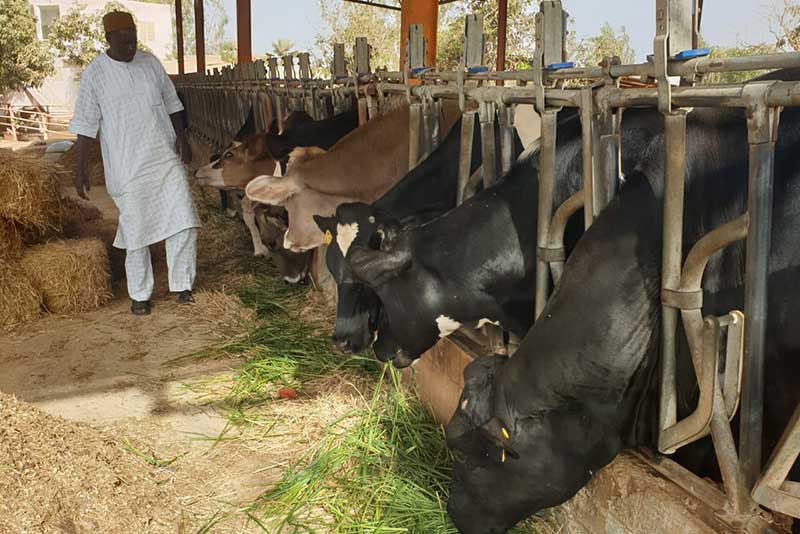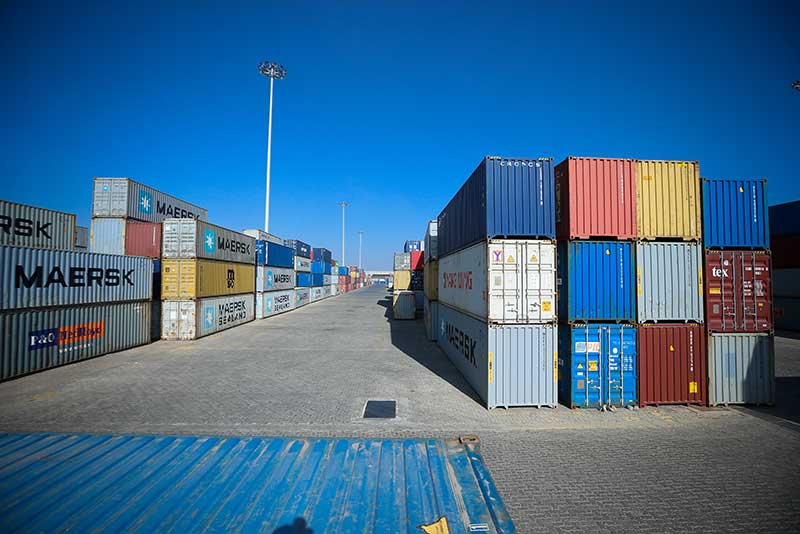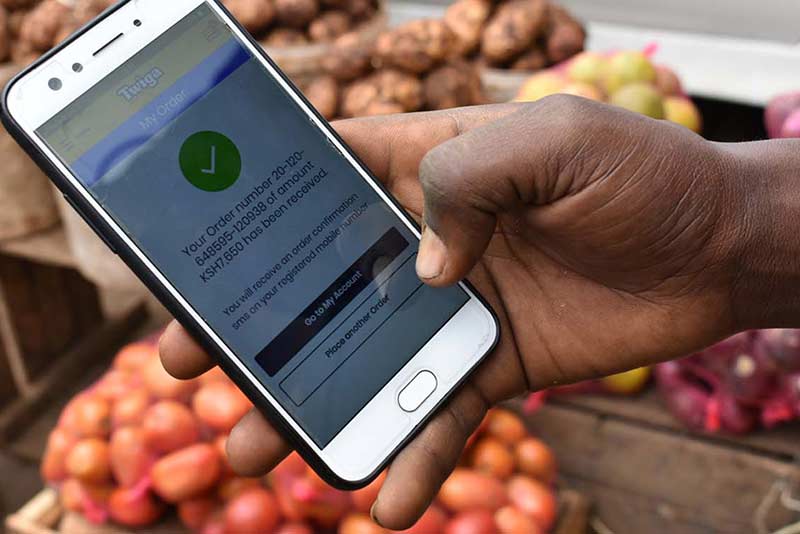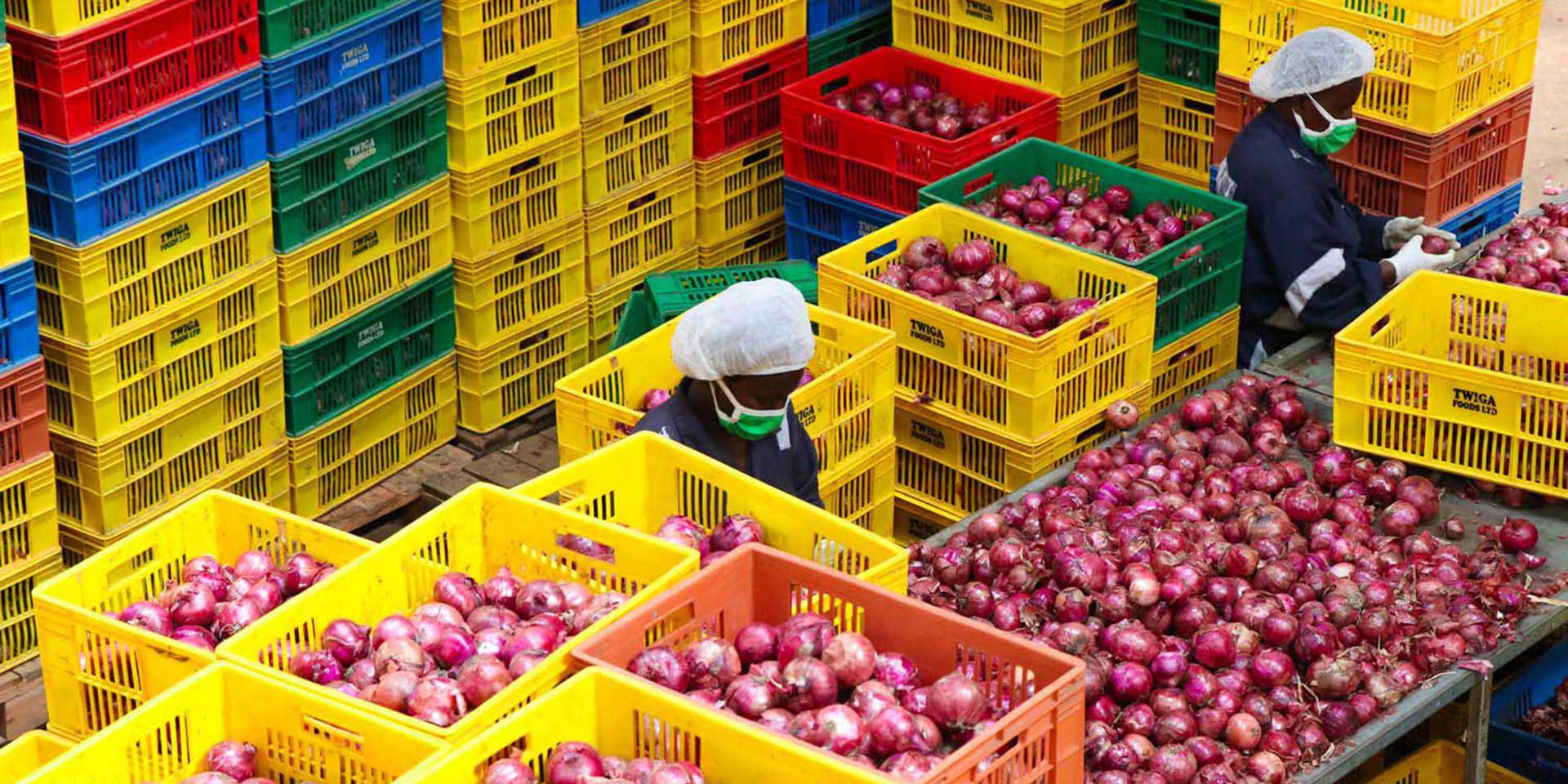By Olivier Monnier
Senegal is home to 350,000 herding families. But in Dakar, the West African nation’s capital, grocery store shelves are piled high with powdered milk—mainly imported from Europe.
The situation is a stark example of the stubborn agriculture production and supply chain challenges most African countries face.
Senegal’s dairy industry faces multiple challenges, including low productivity and a weak supply chain. These obstacles affect the production of numerous foods across the continent, an issue exacerbated in some countries by inadequate access to inputs, financing and land, along with weak transport and logistics systems.
It doesn’t have to be this way.
Africa’s agriculture sector employs on average over half of the labor force, producing high-quality products ranging from rice, fruits and vegetables, to tea, coffee, cocoa and vanilla.
Nonetheless, malnourishment persists across much of the continent. The Food and Agriculture Organization (FAO) estimates that over 250 million people in Africa—almost a fifth of the population—were undernourished in 2019.
In sub-Saharan Africa, climate change and the severe social and economic effects of COVID-19 are piling even more pressures on the region’s food sector. Supply-chain disruptions are raising retail prices, while households are being squeezed by shrinking incomes. The U.N. World Food Programme has warned that an additional 130 million people globally could face acute food insecurity by the end of 2020, on top of the 135 million people who were already acutely food insecure before the crisis.
Solutions are being developed in Senegal and elsewhere in Africa to bolster production, reduce the reliance on imports, while feeding vulnerable and growing populations.
Supporting improved agricultural production—deemed essential to almost all African economies—also helps create and sustain jobs, reduces poverty and contributes to sustainable economic growth.
Below are three examples of how IFC and its partners are helping tackle Africa’s food security challenges along the supply chain, from production to transport to sales.
1. Increasing production: The case of Senegal’s dairy industry
Senegal’s efforts to develop a competitive dairy sector have been hampered by low productivity, limited technical capacity and a weak supply chain, resulting in high prices for local milk. As a result, much of the milk consumed in the West African nation is made from cheaper powder imported from Europe and other markets.
To help address these challenges, IFC is partnering with Kirène, the country’s second largest producer and distributor of UHT milk, on an advisory project to increase the sourcing of quality milk from local, smallholder producers.

El Hadj Cissé is the owner of the Dabakh farm, a commercial farm located near Diamniadio in western Senegal. © Nene S Diouf
Through the project, launched in 2018 and primarily funded by the IFC-managed Private Sector Window of the Global Agriculture and Food Security Program (GAFSP) and Kirène, Senegalese farmers have been trained on animal husbandry and animal health, good agricultural practices, fodder production and financial management to improve their production and build sustainable businesses.
Two cooperatives totaling more than 200 members were also established in remote areas of western Senegal, creating new opportunities for smallholder farmers.
Thanks to improved agricultural practices, some farms supplying Kirène have seen their yields double within less than two years because of the program’s support. Kirène’s milk collection center, which centralizes purchases of milk in rural Fatick, is currently negotiating contracts with the two newly established cooperatives.
Once these contracts are signed, farmers will be able to sell their milk throughout the year, boosting Kirène’s supply and farmers’ incomes.
“The project has helped farmers develop an entrepreneurial spirit,” says Djibril Seck, Kirène’s dairy manager. “For most farmers in these remote areas, milk was a family thing, not a business. With the new system now in place, they can focus on dairy production and have stable and more regular income.”
Seck further explains the ultimate objective of the project, “The goal is also to bring better quality milk to the Senegalese market as fresh milk provides higher nutritional intake than reconstituted powdered milk.”
2. Improving trade: The case of the Trade Facilitation Support Program in Ethiopia
Food security goes beyond ensuring a steady supply. Dependable logistics are key components necessary to move food—and production inputs—from one place to another.
In Ethiopia, a landlocked country of 110 million people with 85 percent of its population engaged in agriculture, timely access to agricultural inputs is vital.
The East African nation imported more than 1.4 million tons of fertilizers last year. With no direct access to the sea, Ethiopia is forced to rely on the port of neighboring Djibouti for imports, highlighting the key role logistics play to ensure the country meets its production targets.
Because of subpar logistics management, efficiency issues and a lack of coordination among government agencies across the two countries, causing congestion within the port of Djibouti, the movement of essential goods slows down significantly.

Cargoes waiting to be handled at Modjo Dry Port, the largest dry port in Ethiopia, located about 70 km south of capital Addis Ababa. © Abate Damte/KoraImage.com
“Often, there were simply not enough trucks in Ethiopia to transport the large volumes of cargo arriving at the port,” explains Tilahun Kassahun, an IFC Private Sector Specialist based in Ethiopia.
The result? Fertilizer imports often reached Ethiopian farmers only after the start of the rainy season, which runs from June to mid-September.
IFC and the World Bank, through the Ethiopia Trade Facilitation Advisory Project, reviewed Ethiopia’s dry bulk cargo management, helping introduce a system in which a single logistics operator is responsible for handling cargo throughout the entire chain, reducing confusion and delays.
The initiative also helps authorities ensure that cargo arrives at the harbour at an agreed upon time.
“Under this pre-drawn timeline, wheat and other types of food are imported in the fall. Logistics operators then focus on the imports of fertilizers to ensure they get shipped to farmers before the start of the rainy season in June,” Kassahun says.
The pilot initiative is already showing promising results; farmers have been able to access fertilizer faster—and when they most need it.
In the 2018-2019 season, Ethiopia cleared 1.1 million tons of fertilizer imports by mid-September – much of it arriving well after the start of the rainy season. In 2019-2020, however, the country achieved the same volume by May.
3. Supporting households: The case of Twiga Foods in Kenya
In the end, the best test of a strong food supply chain is whether households are enjoying the benefits of affordable and nourishing food.
In Kenya, IFC partner Twiga Foods, a digital food trading platform, is showing how technology can help smooth and speed up the journey from farm to fork.
Launched in 2014, Twiga’s platform taps mobile phone technology to connect more than 17,000 smallholder farmers in rural areas to more than 8,000 informal retail vendors in cities across Kenya.
The technology allows vendors to order fresh produce from Kenyan farmers, which is then delivered by Twiga. Farmers can now avoid multiple intermediaries, giving them access to a fair and transparent marketplace with better prices for their products.

Order on Soko Yetu App successfully received. Photo: Courtesy of Twiga Foods.
Thanks to increased efficiency in the supply chain, consumers also benefit from lower prices for the 130 tons of produce Twiga handles daily. Post-harvest losses have also seen areas of improvement: losses are limited to only about 5 percent, compared with 30 percent in informal markets.
IFC and the Private Sector Window of GAFSP invested in Twiga Foods in 2018 and are also helping the start-up—now Kenya’s largest domestic distributor of food produce—improve its food safety practices and ensure traceability from farms to Kenyan consumers.
It’s a promising development for the continent’s technology sector, and a welcome step toward better food security for its people.
Published in December 2020
